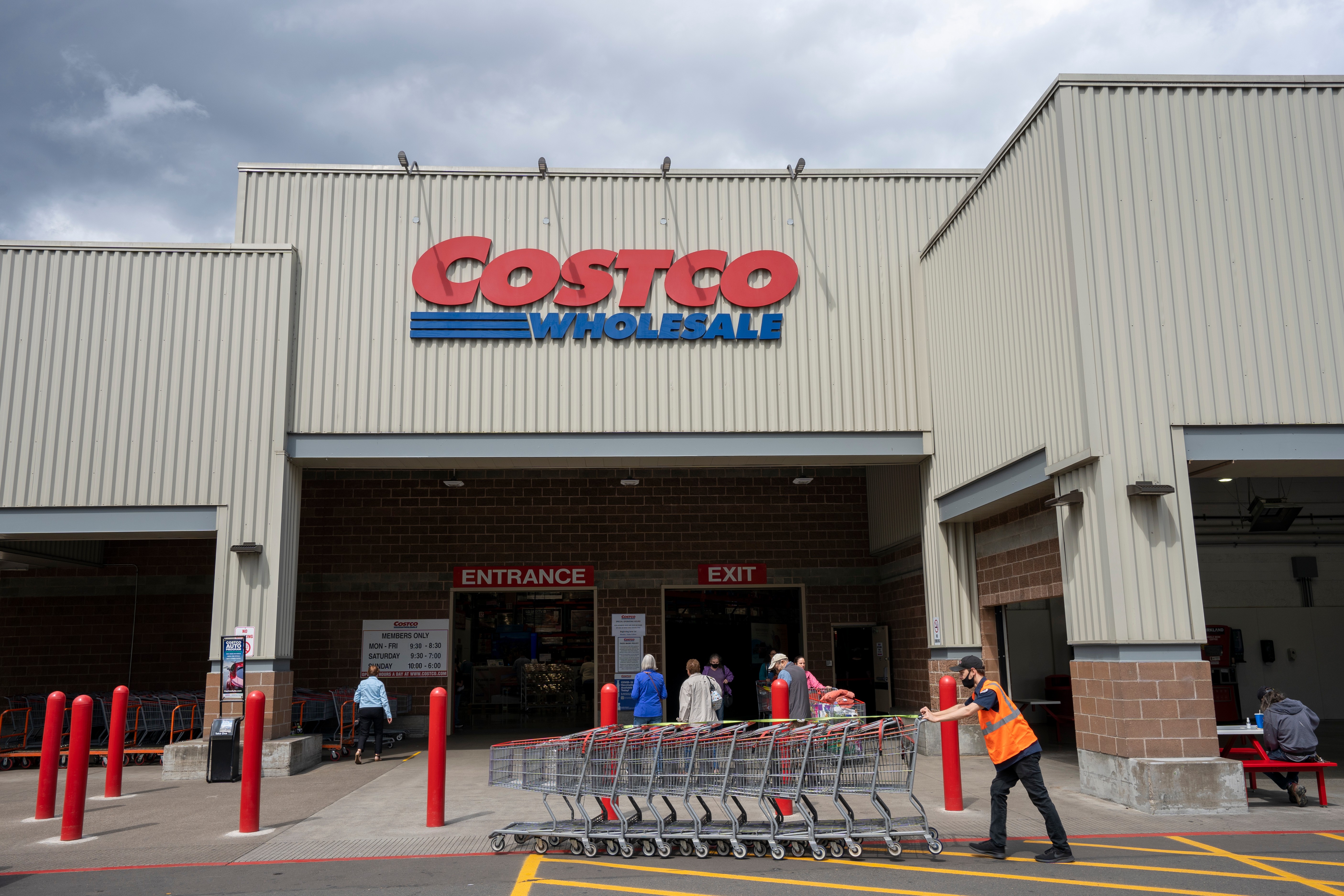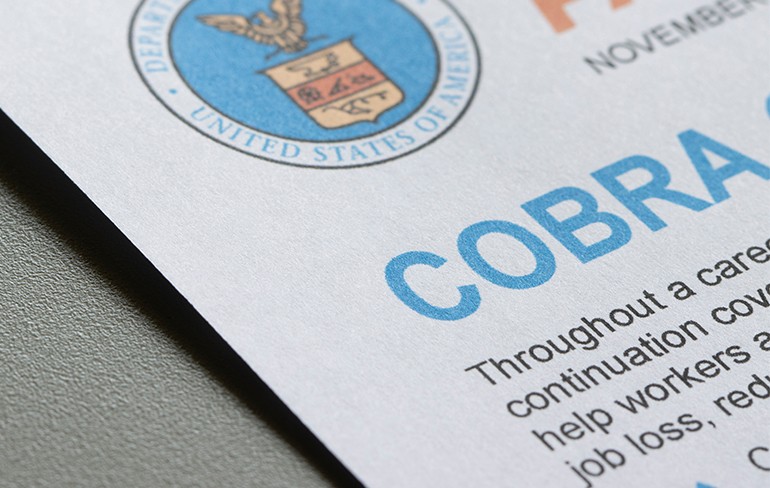Since 2016, COBRA litigation has surged, with over seventy class action lawsuits filed due to insufficient and sometimes threatening COBRA notices. Oftentimes, these cases begin with an employee seeking legal advice after a perceived discriminatory or unjust termination. Attorneys may use COBRA notices to leverage employment disputes, potentially leading to costly class action litigation. Remember, under COBRA, failure to provide sufficient COBRA notices may result in a fine of $110 per day per qualified beneficiary, and both the Department of Labor and individual beneficiaries can sue for notice insufficiency under 29 U.S.C. §1132.
Case Example 1: John C. Baja v. Costco Wholesale Corporation
John C. Baja, a former Costco employee, worked for Costco for 11 years, during which time he and his wife were covered under the Costco medical plan. Baja was terminated from his position when he had asked to be excused from heavy lifting due to a heart condition. After termination, Baja received an election notice for COBRA, and the allegations were that the COBRA notice he received after termination did not comply with Model Notice requirements. The notice allegedly lacked clear language and necessary contact details and included threatening language about fraud, which is not in the Model Notice. Costco ended up settling the lawsuit for $750,000, with each class action participant (38,818) receiving $9.72 after attorney fees.
Case Example 2: Bryant v. Walgreen Co
However, the tide may be changing with the case of Bryant v. Walgreen Co, 2023 WL 5580415 (N.D. Ill. 2023). In this case, the Plaintiff, Kamirah Bryant, was terminated allegedly after experiencing unbearable harassment at work. She sought legal advice, and COBRA notices were requested. The complaint states several areas where the notice was deficient and did not follow the Model Notice. In this case, Walgreens mailed two separate COBRA Notices. The first notice lacked critical information on where to send COBRA payments, among other reasons, and while the second notice corrected some issues, it still caused confusion. The complaint also stated that receiving two letters added to the confusion. The court decided that for all the other claims, the plaintiffs failed to show how the allegedly inadequate notice caused or could have caused any harm. The Court also found that there was no prohibition in the regulations limiting the beneficiaries from receiving more than one notice.
As more cases are brought before the court, look for further clarification. COBRA lawsuits continue to dominate class action lawsuits in group health plan litigation. Notices should be reviewed for adequacies and to ensure that there is no threatening language. Clear, concise notices are essential to upholding beneficiaries' rights to continued health coverage.





